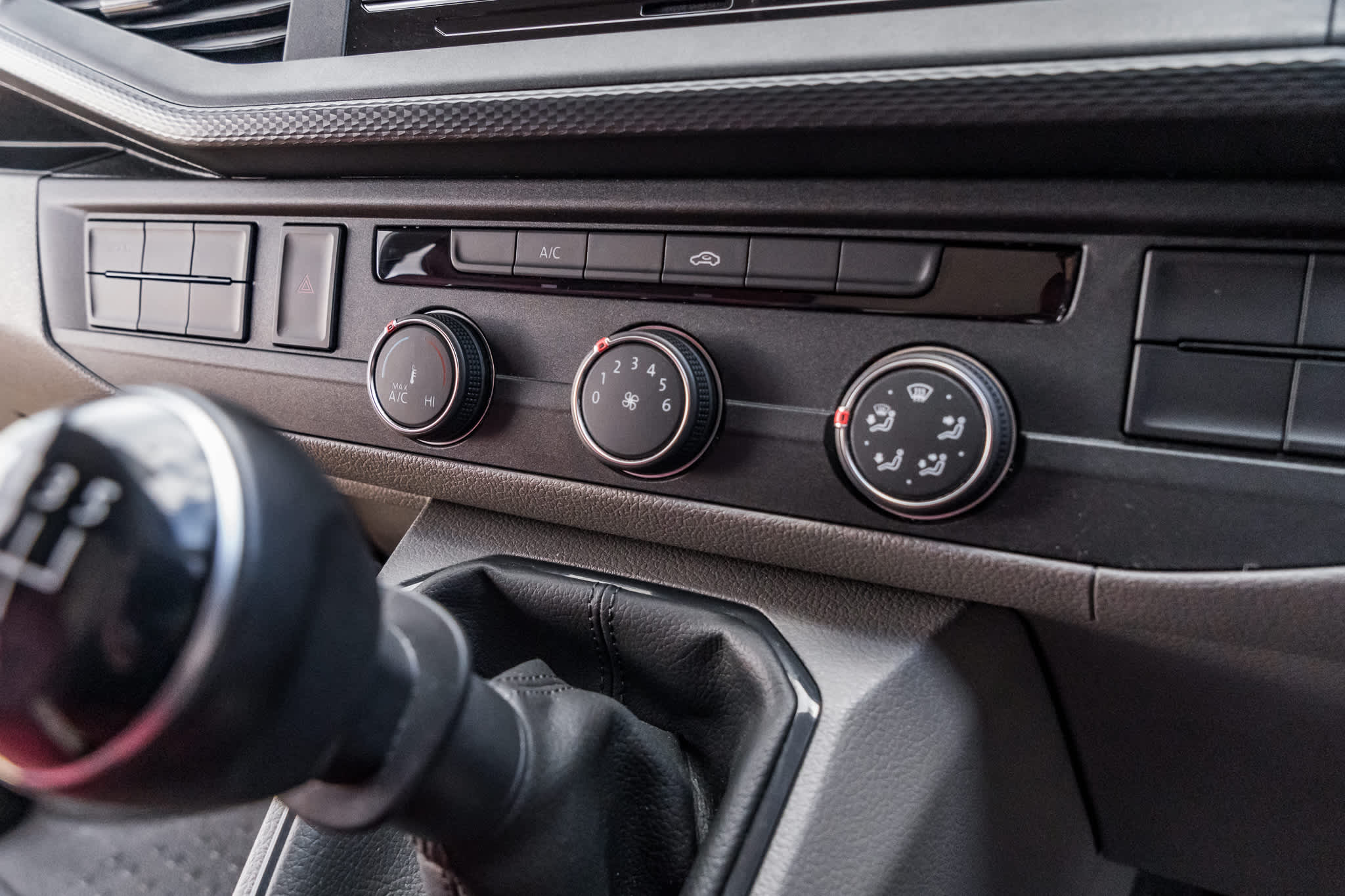
In the day view position, the front surface is tilted and the reflective back side gives a strong reflection.
Rear air dip for cars manual#
On manual tilt versions, a tab is used to adjust the mirror between "day" and "night" positions. This type of mirror is made of a piece of glass that is wedge-shaped in cross-section-its front and rear surfaces are not parallel. The light is attenuated in the second mode, which partially compensates the pupillary response.Ī prismatic rear-view mirror-sometimes called a "day/night mirror"-can be tilted to reduce the brightness and glare of lights, mostly for high-beam headlights of vehicles behind which would otherwise be reflected directly into the driver's eyes at night.
Rear air dip for cars driver#
In the "night" position, the driver sees the dimmer reflection on the (front) glass coating. In the "day" position, the driver sees the road behind by reflection on the (rear) metal surface.

This is useful to enable adults to monitor children in the back seat. They attach to the main rear-view mirror and are independently adjustable to view the back seat. Camera systems are usually mounted to the rear bumper or lower parts of the car, allowing for better rear visibility.Īftermarket secondary rear-view mirrors are available. As many as 50 small children are killed by SUVs every year in the USA because the driver cannot see them in their rear-view mirrors. Recently, rear-view video cameras have been built into many new model cars, this was partially in response to the rear-view mirrors' inability to show the road directly behind the car, due to the rear deck or trunk obscuring as much as 3–5 meters (10–15 feet) of road behind the car. Įlmer Berger is usually credited with inventing the rear-view mirror, though in fact he was the first to patent it (1921) and develop it for incorporation into production street going automobiles by his Berger and Company. Harroun also claimed that the mirror vibrated constantly due to the rough brick surface, and it was rendered largely useless. Harroun himself claimed he got the idea from seeing a mirror used for a similar purpose on a horse-drawn vehicle in 1904. Earliest known rear-view mirror mounted on a racing vehicle appeared on Ray Harroun's Marmon race car at the inaugural Indianapolis 500 race in 1911. The Argus Dash Mirror, adjustable to any position to see the road behind, appeared in 1908. Henri Cain from France patented a " Warning mirror for automobiles".

However, earlier use is described in 1906, in a trade magazine noting mirrors for showing what is coming behind now popular on closed bodied automobiles, and to likely be widely adopted in a short time. Ray Harroun's Marmon "Wasp" with its rear-view mirror mounted on struts above the car on display in the Indianapolis Motor Speedway Hall of Fame Museum.Īmong the rear-view mirror's early uses is a mention by Dorothy Levitt in her 1909 book The Woman and the Car which noted that women should "carry a little hand-mirror in a convenient place when driving" so they may "hold the mirror aloft from time to time in order to see behind while driving in traffic".


 0 kommentar(er)
0 kommentar(er)
